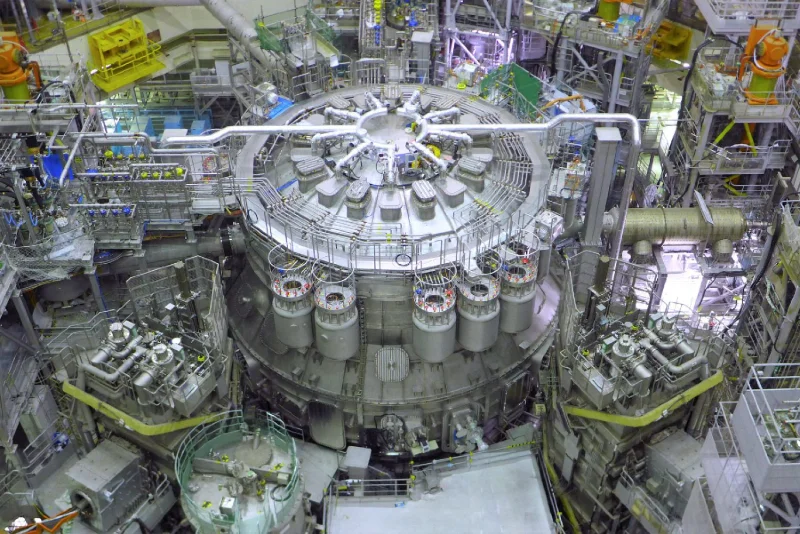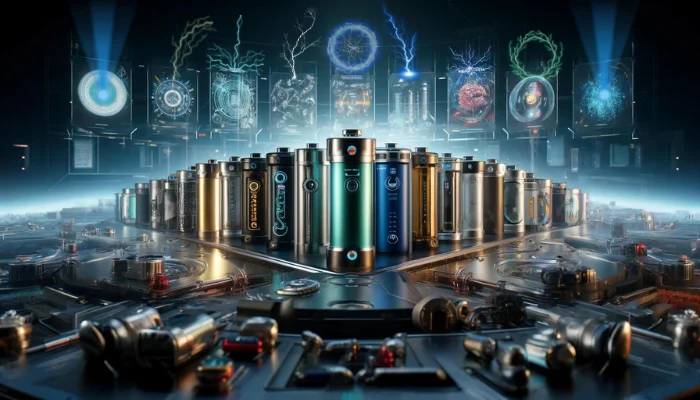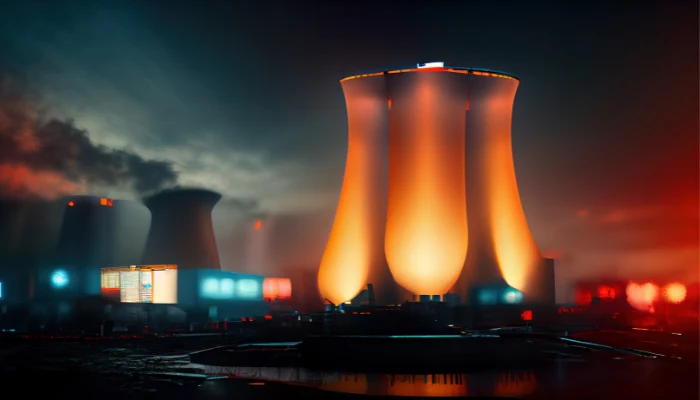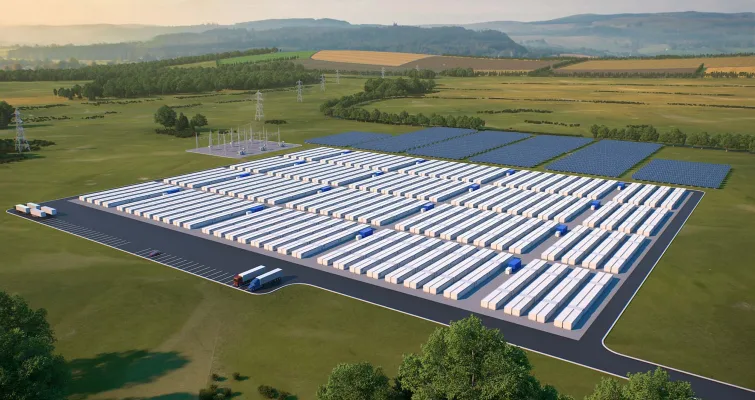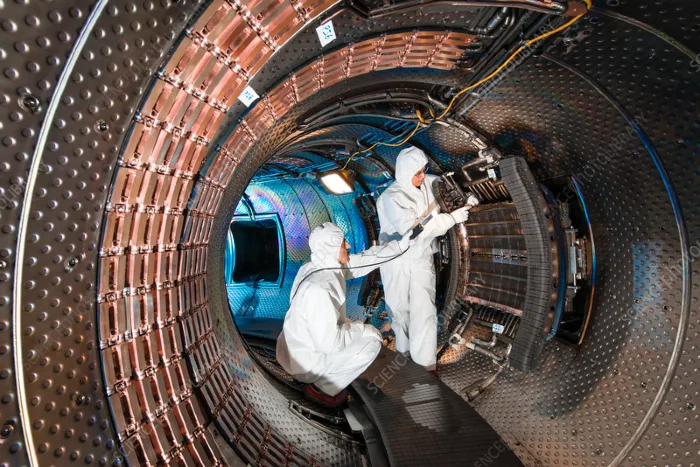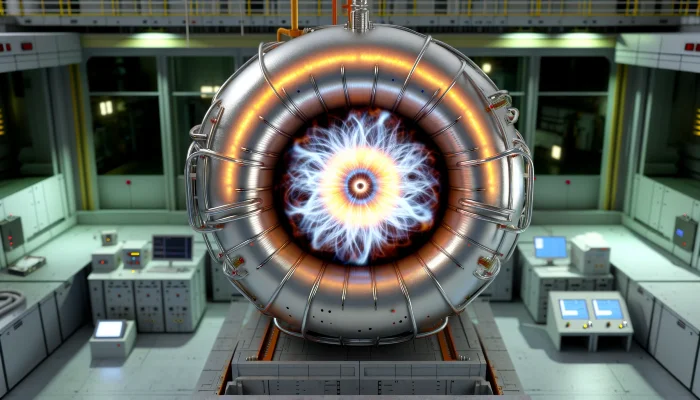Nuclear fusion power, the tantalizing dream of endless clean energy, has been an elusive goal for scientists for decades. It seemed so simple in theory: smash tiny atoms together, create bigger atoms, and voilà! Energy is released. While some eyed this discovery for weaponry, visionaries saw the potential for an infinite source of electrical energy.
But here’s the rub: achieving fusion power is a Herculean task. It’s not just hard; it’s an intricate labyrinth of challenges and surprises. For over 75 years, scientists have been on this odyssey, making incredible strides, but the destination remains just out of reach. Fusion power has been perpetually “20 years away” for the last half-century.
The main hurdle?
While triggering fusion is relatively simple (after all, we’ve done it with thermonuclear weapons), controlling this reaction and harnessing its energy is a different ball game.
Currently, there are two major schools of thought in the quest for practical nuclear fusion power. The first is inertial confinement, a method where lasers bombard a small target to spark a fusion reaction. The National Ignition Facility (NIF), under the U.S. Department of Energy, made waves in December 2022 with this approach, achieving “breakeven.” This milestone meant the fuel released more energy than it absorbed. However, the energy yield was modest, generating only a nickel’s worth of electricity.
The other approach, magnetic confinement, involves using powerful magnets to compress plasma to the point of fusion. The most ambitious project in this category is ITER, an international collaboration. The goal is for ITER to be the first magnetic confinement device to reach breakeven. But, like the NIF, ITER isn’t designed to generate electricity and has been plagued by delays and cost overruns.
So, when will we actually see fusion power light up our homes and cities?
Predicting the arrival of sustainable fusion power is like gazing into a crystal ball. Here’s my take, unscientifically speaking: there’s a 20% chance it’ll happen in the next 20 years, a 40% shot within the next century, a 30% probability in the following 100 years, and a lingering 10% chance it may never come to fruition.
Why these odds? Well, fusion power is what I’d call a ‘century-level challenge.’ It’s a colossal project, akin to the ancient wonders of massive irrigation systems, monumental temples, and groundbreaking developments like steam power and railroads.
These endeavors spanned generations, often requiring a sustained, concerted effort over centuries.
Before my personal opinion reduces your green hopes to ash, let me explain exactly what I’m referring to here. There have been huge strides made in experimental nuclear fusion recently, from the Japanese nuclear fusion reactor going online to the fusion energy leap we recently covered.
But even with those advancements, nuclear fusion isn’t as financially supported or covered by the media as trendy forms of so-called sustainable energy like wind or solar.
That’s a problem!
More To Discover
- Wasted Peanut Skins Could Become Nutrient Rich Livestock Feed
- Plant-Based Ultra-Processed Foods Linked to Heart Disease and Early Death
- Regional Differences Drive Distinct Motivations for Energy-Efficient Home Upgrades Across the U.S.
- FDA Finally Moves to Ban BVO, a Controversial Soda Ingredient (Complete List of Affected Sodas Included)
A few advancements, some breakthroughs here and there, and some investment isn’t enough to scale up something as potentially massive as fusion energy. If we want nuclear fusion reactors capable of transforming the world, manufactured within twenty years it’ll take hundreds of billions of dollars, thousands of researchers, and the world’s top economies to fully support it. It’ll also require the media to stop using nuclear energy as a fear-inducing, and fact-less, form of clickbait. The public must embrace and support the research if we expect the politicians to support the funding requirements.
Making discoveries. Achieving the breakthroughs. Those are only the first steps. The rest is funding, publicity, acceptance, and finally, manufacturing.
In the mid-20th century, we stood at a crossroads with nuclear research, choosing to focus more on weaponry than power plants. As a result, fusion research didn’t receive the massive, generation-spanning investment it needed. Instead, it simmered on the back burner, progressing slowly.
But here’s the silver lining: taking our time with fusion research isn’t a bad thing. It allows us to approach this monumental task meticulously, ensuring we get it right. And when we do, the rewards will be immeasurable. Fusion power is more than just a scientific achievement; it’s a legacy we’ll leave for future generations – a testament to human ingenuity and perseverance.









